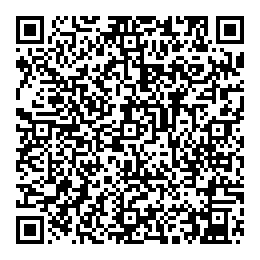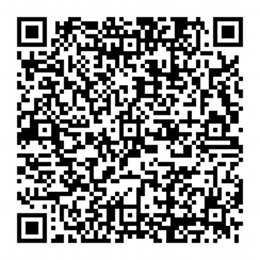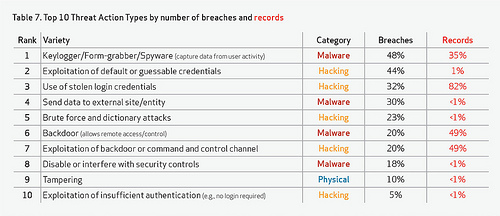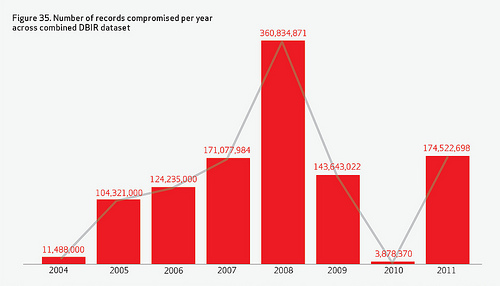Pro-China hackers target Tibetan activists with malware
Pro-China hackers have started spoofing security firm AlienVault’s email address in spam messages in an attempt to infect pro-Tibetan recipients with malware.
The move follows days after the security tools firm warned that AlienVault about spear phishing attacks against a number of Tibetan organisations.
The spear-phishing messages relate to the Kalachakra Initiation, a Tibetan religious festival that took place in early January. The closely targeted messages – sent to organisations such as the Central Tibet Administration and International Campaign for Tibet – carry an infectious Office file attachment with a malware payload, a digitally signed variant of Gh0st RAT (remote access Trojan).
AlienVault reckons the attacks originate from the same group of Chinese hackers that launched the ‘Nitro’ attacks against chemical and defence companies late last year, which also featured the Gh0st Trojan.
Jamie Blasco, head of labs at AlienVault, a Security Information and Event Management (SIEM) tools specialist, commented: “The fact that the pro-Chinese sympathisers have taken our research seriously enough to start trying to blacken our name indicates that our message about the Chinese cyber attackers has hit home – and the cybercriminal activists are not happy.”
Pro-China supporters are attempting to tarnish AlienVault’s reputation via the attack, which targets both Windows and Mac users, but Blasco points out that their actions are trivial compared to the magnitude of events in Tibet.
“We have seen Tibetan sympathisers turn to self-immolation in their quest to bring their plight to the attention of Western governments, so any effect on our reputation pales into significance alongside their sacrifices,” he said.
In a possibly related developments, pro-China hackers are using automated bots to drown out discussions on Twitter about human rights in Tibet and related issues with a flood of meaningless tweets. Security blogger Brian Krebs reports that Tibetan activists have noticed that several Twitter hash tags related to the conflict – including #tibet and #freetibet – are now being inundated with junk tweets from automated Twitter accounts, which the Tibetan activists say are controlled by either the Chinese government or its supporters.
However the crude tactic may have misfired by refocusing the attention of sections of the global media on the plight of the native Tibetans, who have lived under Chinese rule since the annexation of their country in the 1950s.
The propaganda war between China and Tibet, which has been going on for decades, has spilled into cyberspace before, with alleged hack attacks against the Dalai Lama and targeted malware featuring in the mix. The latest skirmish in cyberspace can therefore be viewed as a flaring up of long-simmering tensions. ®
Article source: http://go.theregister.com/feed/www.theregister.co.uk/2012/03/23/china_tibet_malware_attacks/



